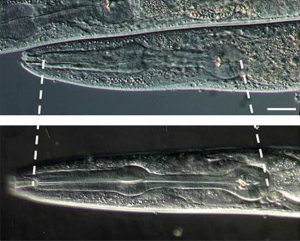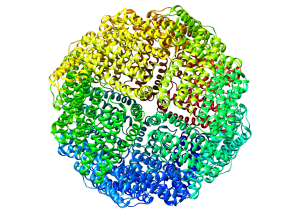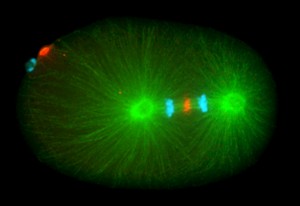Enter your address to receive notifications about new posts to your email.
Articles tagged C. elegans
(36 results)
-
Stretchy cells underlie organ development
Animals’ complex body plans come at a cost: their development is elaborate and must be delicately controlled. One critical aspect of development is size and shape control—every organ needs to fit in its place. The process requires the orchestration of a dizzying number of pathways, and understanding even a single component is far from trivial.…
-
How worms that pump iron get fat
Despite its reputation as an innocent essential mineral, excessive iron intake can be poisonous, and maintaining the proper amount within our cells requires a molecular balancing act among several biochemical pathways. Even at levels that are not overtly toxic, iron overload in humans has been associated with an increased risk of obesity and related conditions,…
-
WormBook comes to GENETICS!
GENETICS’ publication of WormBook in the 21st century is a perfect partnership, because C. elegans research began in GENETICS with the May 1974 publication of Sydney Brenner’s The Genetics of Caenorhabditis elegans – the foundational article that launched an entire field. Since then, some of the most important papers about C. elegans have appeared in…




